Hello everyone my name is Flor Perez and I am from New York.
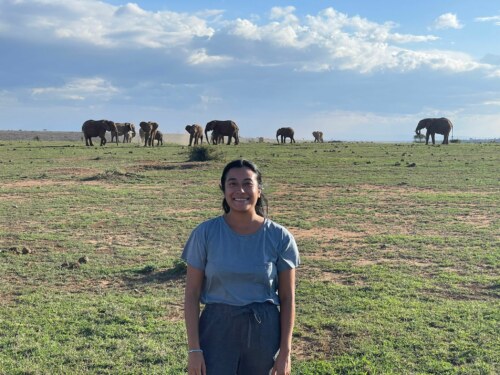
I graduated from Stony Brook University in 2020. I am one of the 2 students who will be completing the graduate certificate in human origins program at the end of this field school. On top of earning the graduate certificate you earn graduate credit that you will be able to transfer to a masters degree. This is a great program for anyone who is not sure what to do after completing their undergraduate degree. Last week we celebrated my birthday. It was a very special birthday for me because I was able to spend it here in Kenya with all my new friends I have made here at TBI.
This week’s blog covers the last week in our Human Evolution course with Dr. Carrie Mongle and Dr. Louise Leakey. I will give you readers an overview of what our week entailed. We went out to the field every morning Monday through Thursday.
Monday: Around 7:30 AM we headed out to one of the localities in South Turkwel where hominin fossils have been found. We hill crawled, brushed off sediments and excavated. We collected the sediments and sieved. Our goal was to find more hominins. In the evening back at campus, we learned about the Australopithecines which are mainly found in central, eastern and southern Africa. They are often grouped into two groups; the gracile and the robust australopiths, and on this day we learned about the gracile autralopithecines, including Australopithecus anamensis, Australopithecus afarensis, Australopithecus africanus, Australopithecus sediba.
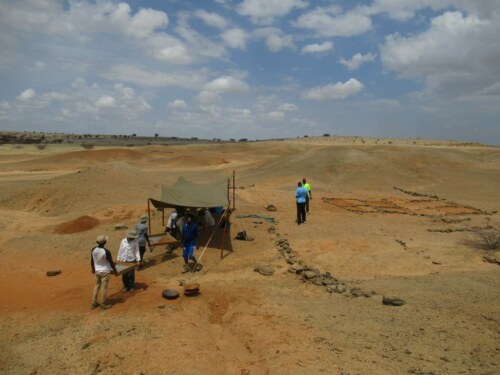
The South Turkwel site.
Tuesday: We went back out to another site in South Turkwel. We each took a plot square to brush off sediments and excavated through the first layer. We then sieved and screened to identify bone fragments in the sediments. In lecture that afternoon we learned about the Robust australopithecines including Paranthropus aethiopicus, Paranthropus boisei and Paranthropus robustus.
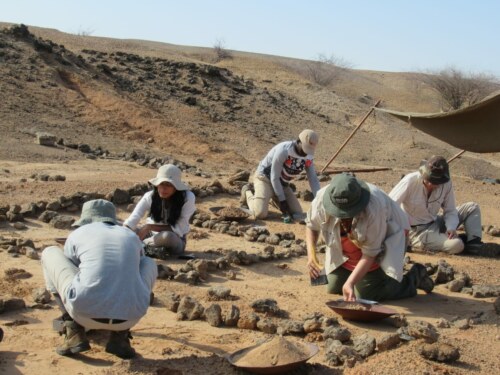
Brushing and excavating sediments at South Turkwel
Wednesday: In the morning, we went back to the same site we were in the day before. We finished excavating the first layer. While screening, we found many tiny bones that were very fragmented and was therefore too hard to identify. We still bagged the bones and took them back to the paleontology lab at TBI. After lunch we went to the lab to go through bone fragments that were collected in the previous years. Our task was to go through them and identify the animal group they came from. Most of us successfully identified fish bones and teeth, turtle fragments, and bovid bones.
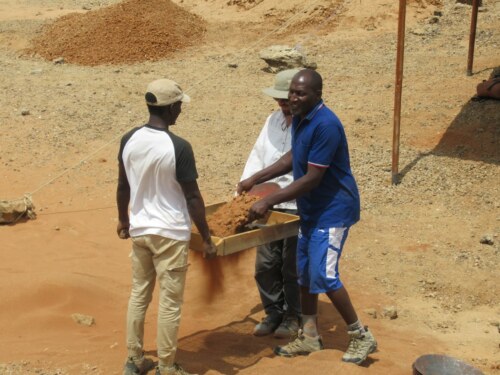
Sieving for fossil fragments.
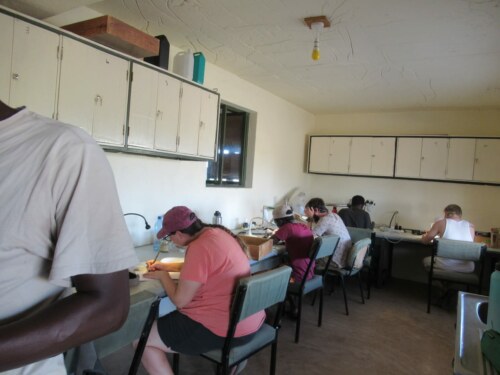
Going through fossil fragments from the sieving.
Thursday: this was our last day going out to the field and we were joined by Dr. Louise Leakey at a site where hominin remains had been found. We did not find much as we did in the previous sites. In the afternoon we had a guest Lecturer, Dr. Fred Spoor, who gave an overview of Early Homo.
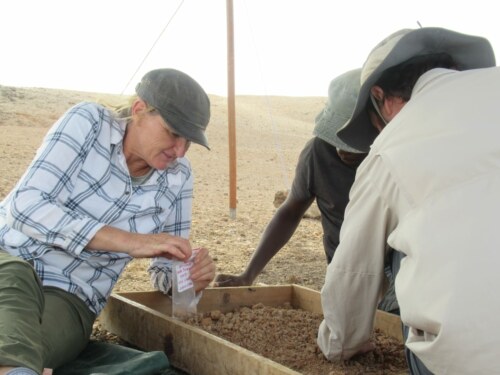
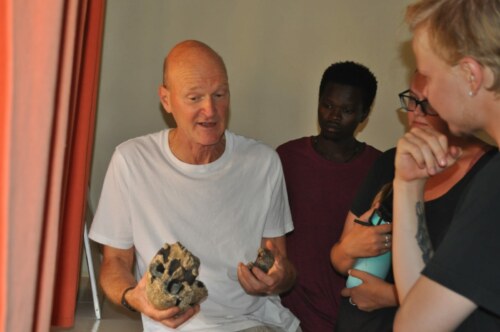
Dr. Fred Spoor giving an overview of early Homo.
Friday: We had a lecture in the morning on Homo erectus. In the afternoon we headed to Lodwar for an opening reception for the “Turkana tools” exhibit. It was very special to witness this because it took place at the new library in Lodwar that will be opening. Growing up, the library in my town made a big impact on me. This is amazing and exciting for the people of Turkana because students will have a place to go study and learn. Please feel free to donate books!
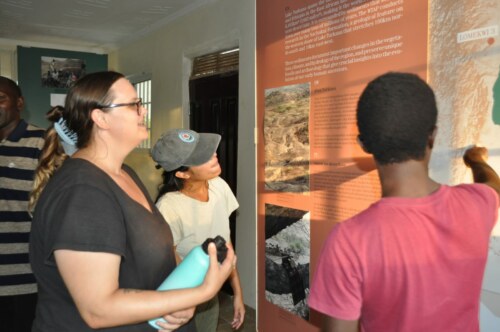
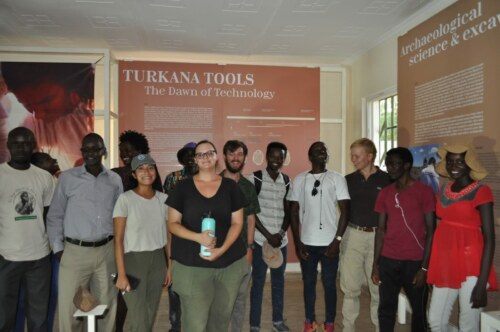
Visiting the Turkana Tools exhibition at the Lodwar Library.
Saturday: We studied in the morning and after lunch. We had our final exam at 4pm and everyone did great! This module is now over. We learned so much in 2 weeks from osteology to human evolution up to the genus Homo.
I love it here and encourage anyone to come and apply to this field school. I will truly miss this special place and hope to come back one day. I will always cherish TBI and I am grateful for everything I have learned so far, the staff, the professors and all the new friendships I have made.
That is all for now. I look forward to the last 2 weeks here at TBI with our archaeology module.





